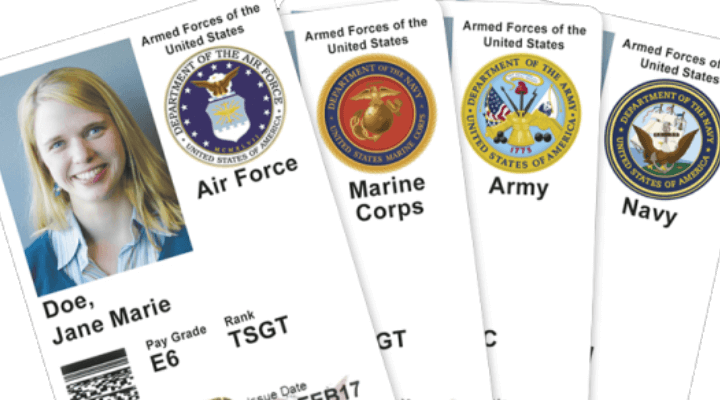From 2004-2006 I had the privilege of serving in the White House under President George W. Bush. It was a fascinating and exciting time, and one that I’ll never forget. Among the highlights was the opportunity to travel on the Presidential Advance team and being selected to play the Easter Bunny at the cherished White House Easter Egg Roll.
It was there at the White House that I also first learned about the principles of operational security, or “OPSEC”. I can recall a number of occasions where exiting the White House complex meant walking past – or through – a crowd of people angrily protesting anything from the Administration’s environmental policies to the war in Iraq. The Secret Service and Park Police generally did a good job of ensuring that White House staff members could pass unmolested, but it was sometimes still an unsettling experience.
Another occasion I recall vividly was when the President of China came to visit. He brought with him an enormous delegation, including a number of not-so-covert intelligence operatives, and generated an exceptionally large number of protestors from the Tibetan community.
Circulating among the crowds was a man using high-end photography equipment to surreptitiously photograph White House staff members exiting the complex. To this day, I’m unsure if he was with the protestors or the Chinese delegation – but my assumption is definitely the latter. The joke circulating among the staff that day was whether or not to confront the man and ask if he also wanted autographs.
Most clearance holders will never have to walk through crowds of angry protestors or attempt to avoid being photographed by Chinese intelligence operatives. However, the lessons of OPSEC gleaned from those experiences are still instructive. Chief among them is some important advice given to White House staffers by the Secret Service: always hide your identification badge before leaving the worksite.
It sounds like obvious advice, but to this day I am still amazed at the number of government employees and contractors walking around Washington, D.C. with their access ID badges prominently displayed. Think of those badges as targets – because that’s what they are for foreign intelligence services, terrorists, and anyone who might have a grudge against your employer – and simply tuck them in a shirt pocket or behind a coat when on your lunch break, commuting to/from work, or while in transit from one work site to another.
The same thing goes for government employees and contractors outside the D.C. beltway. Whether you’re in Hawaii, Arkansas, or Germany, there is always the risk that someone with an agenda or a mental illness might decide that YOU are the means through which they are going to carry out their vendetta against the U.S. Government. Don’t make it easier for them.
This article is intended as general information only and should not be construed as legal advice. Consult an attorney regarding your specific situation.



